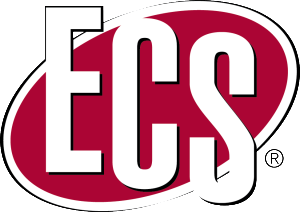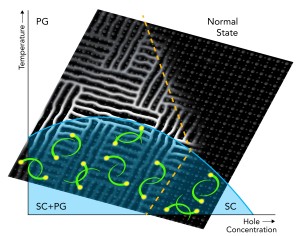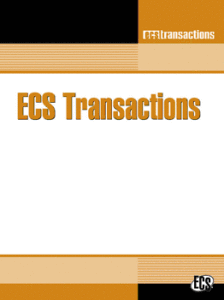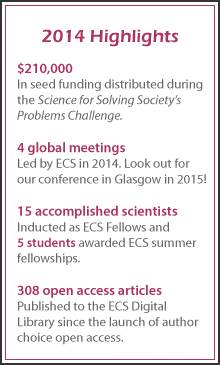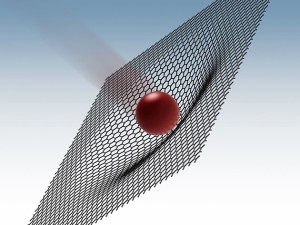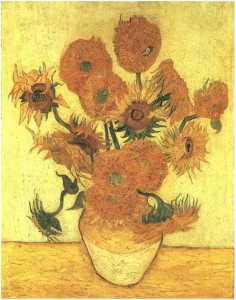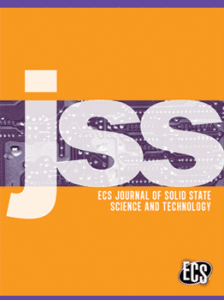Check out what’s trending in electrochemical and solid state technology! Read some of the most exciting and innovative papers that have been recently published in ECS’s journals.
The articles highlighted below are Open Access! Follow the links to get the full-text version.
“Modeling Volume Change due to Intercalation into Porous Electrodes”
Published in the Journal of The Electrochemical Society
Lithium-ion batteries are electrochemical devices whose performance is influenced by transport processes, electrochemical phenomena, mechanical stresses, and structural deformations. Many mathematical models already describe the electrochemical performance of these devices. Some models go further and account for changes in porosity of the composite electrode. Read the rest.


